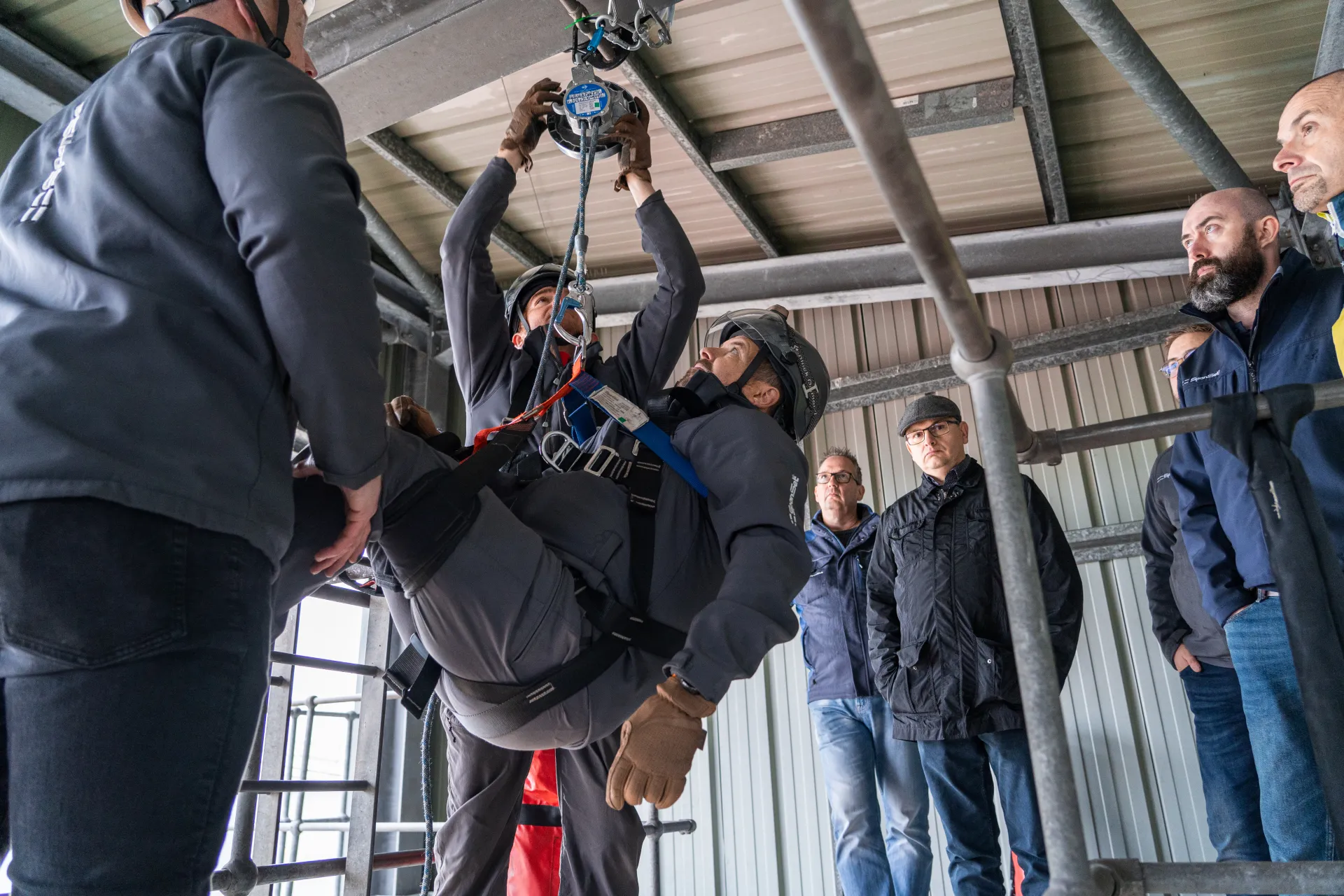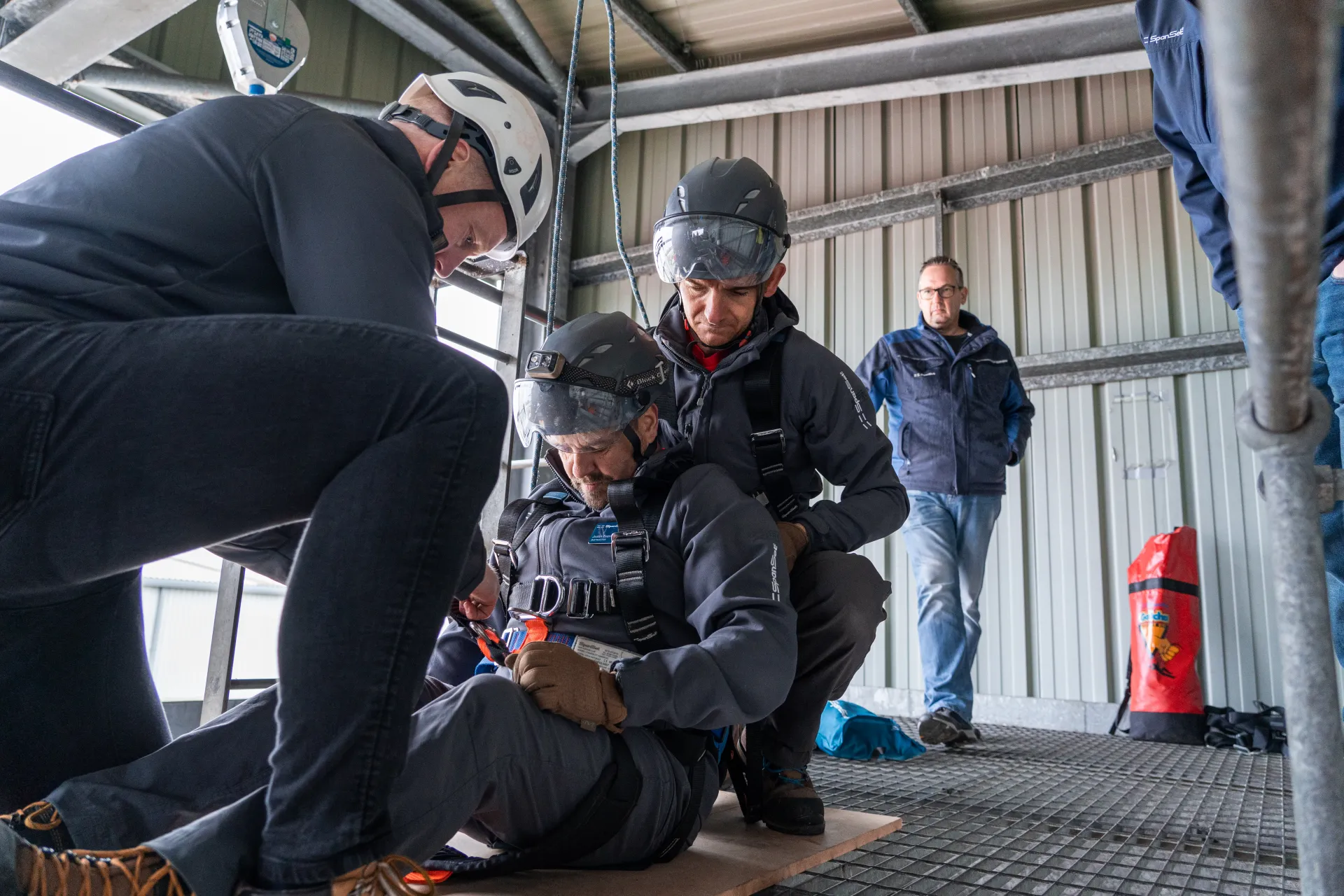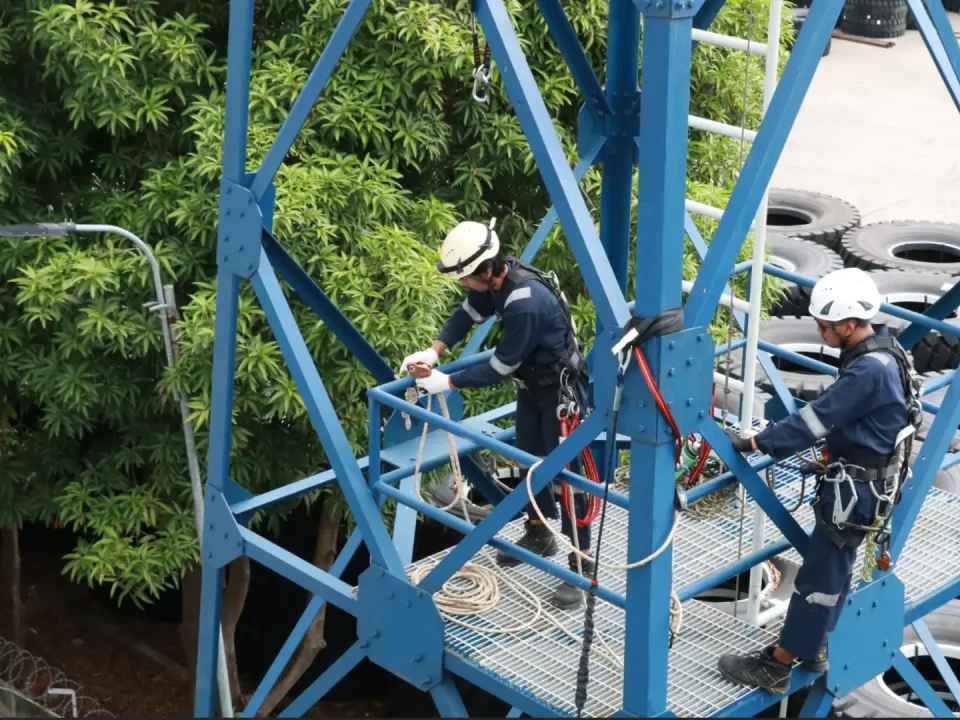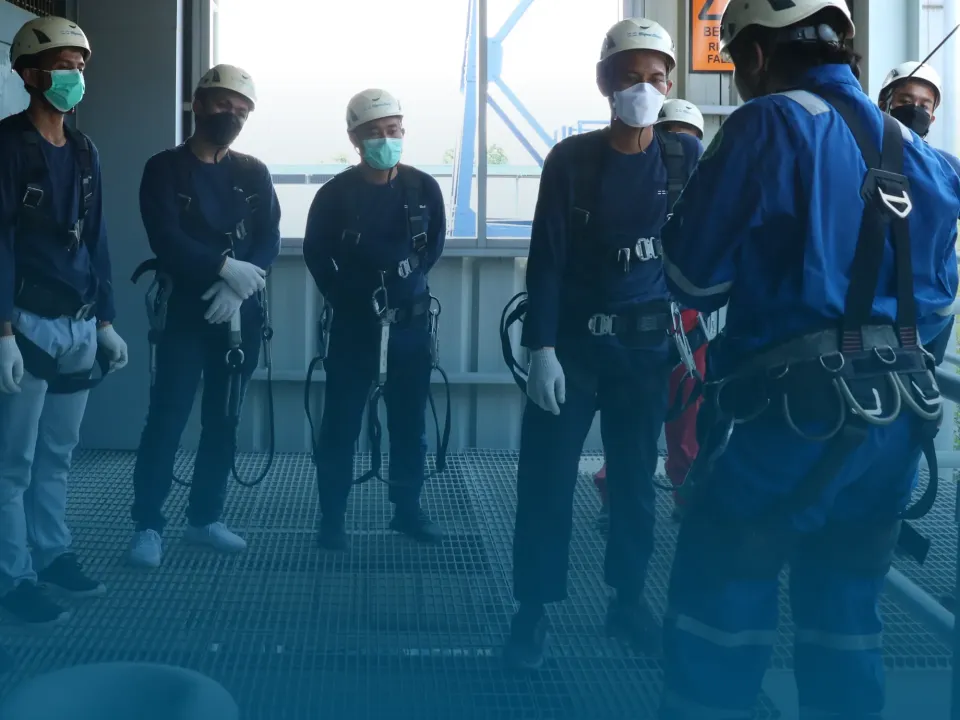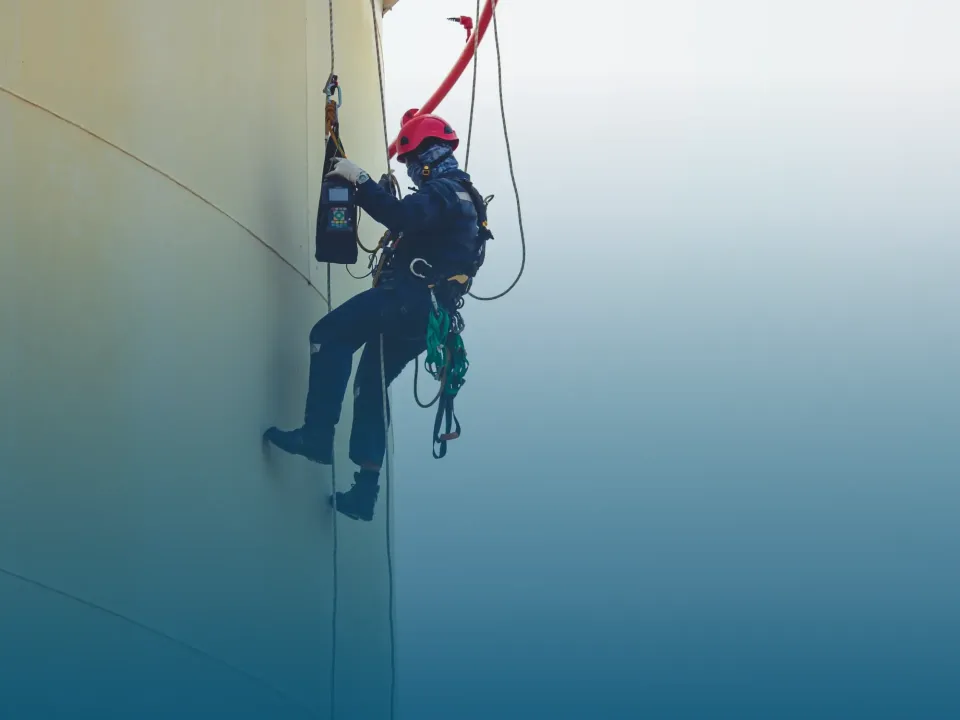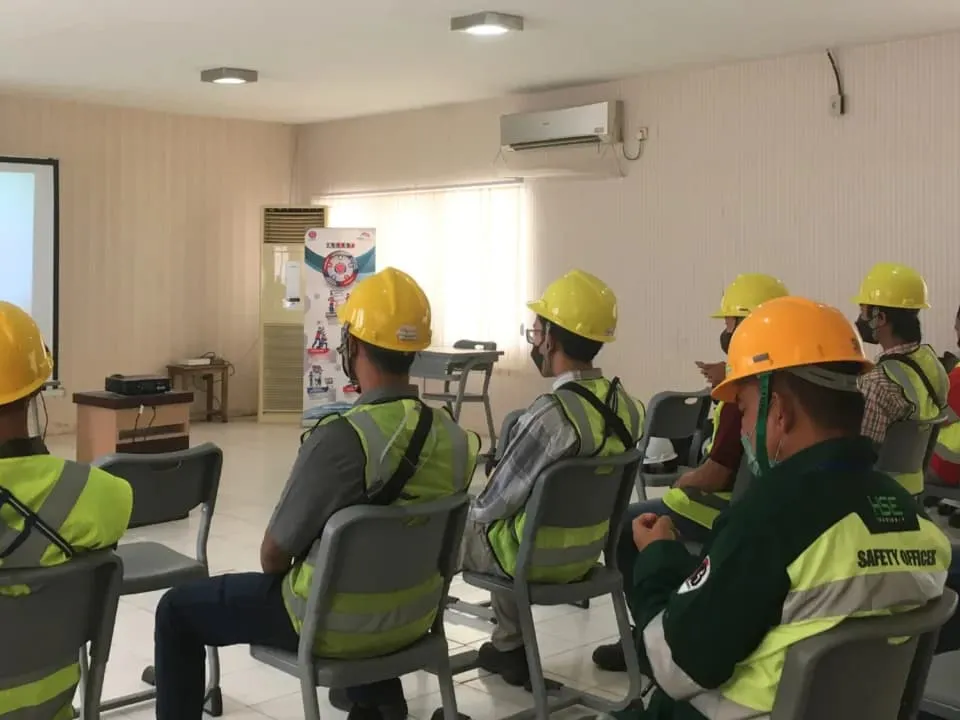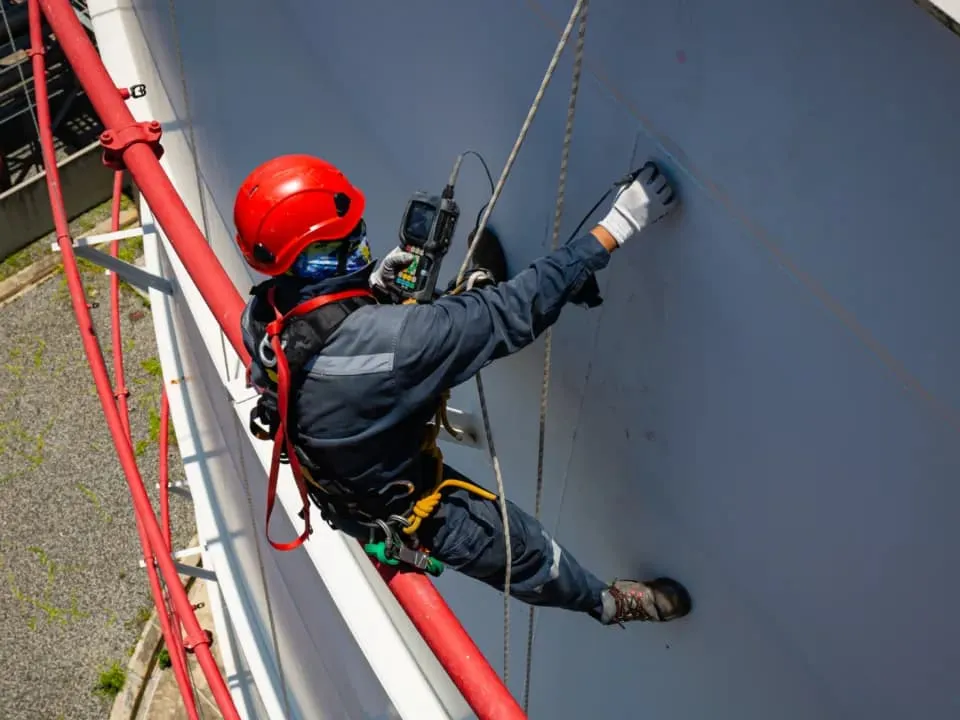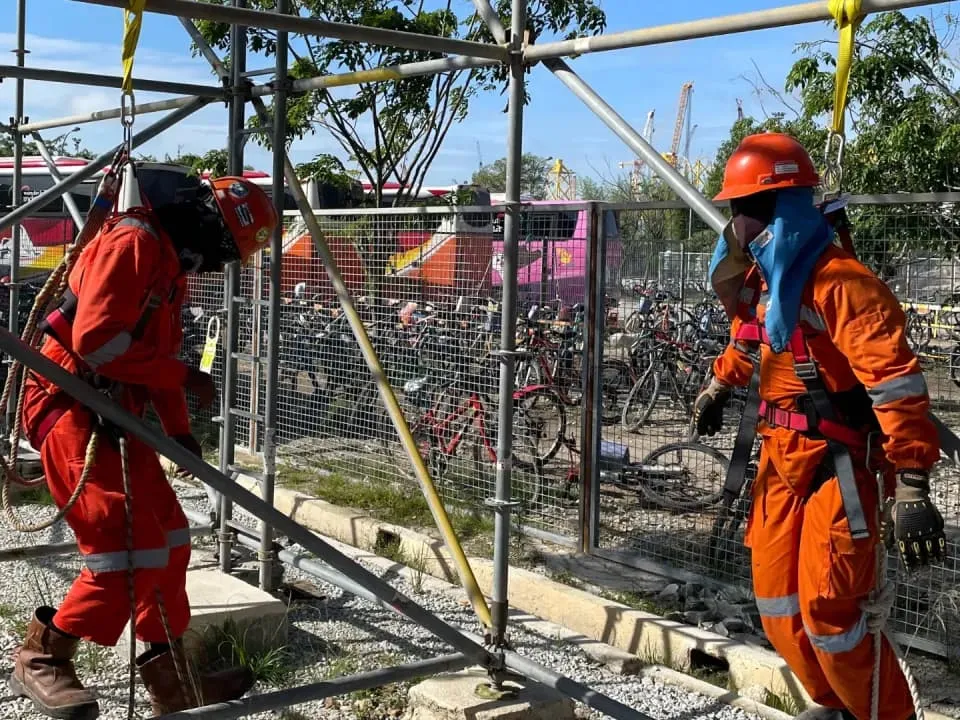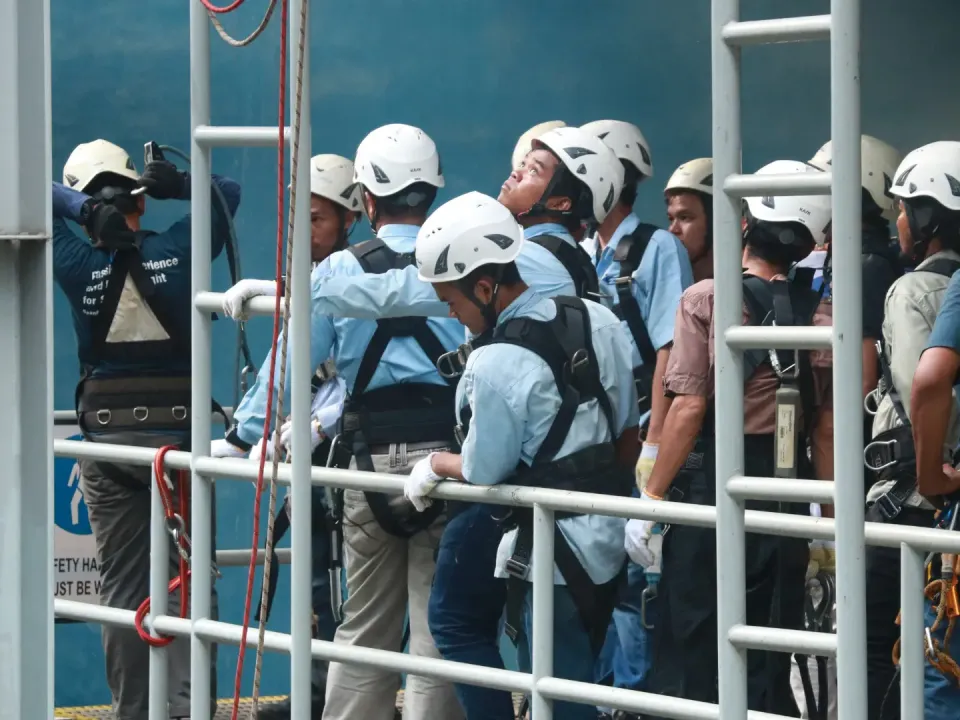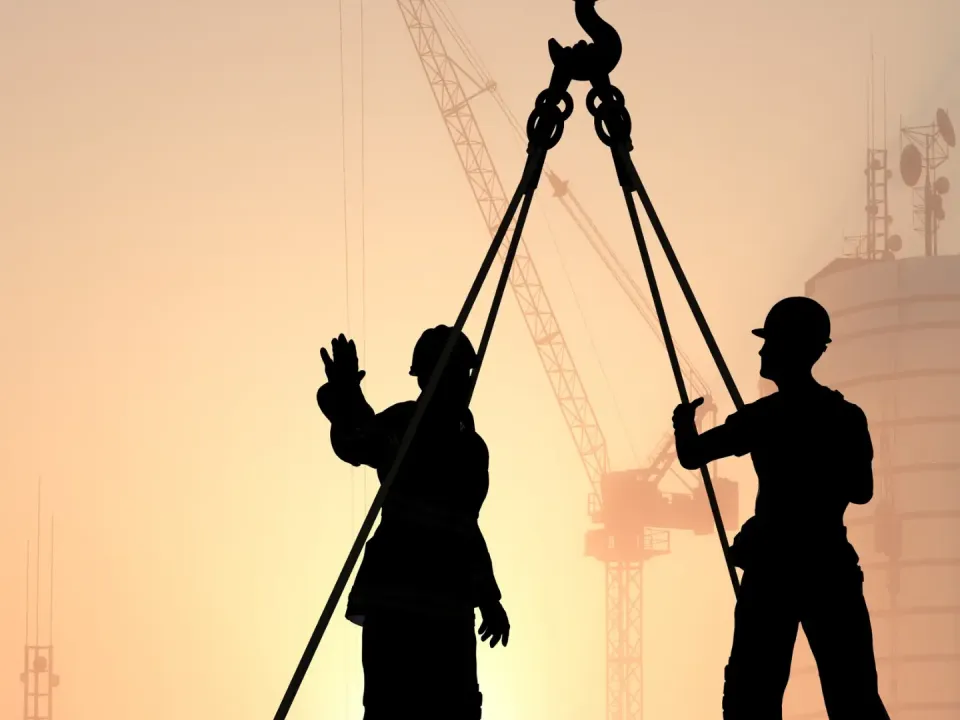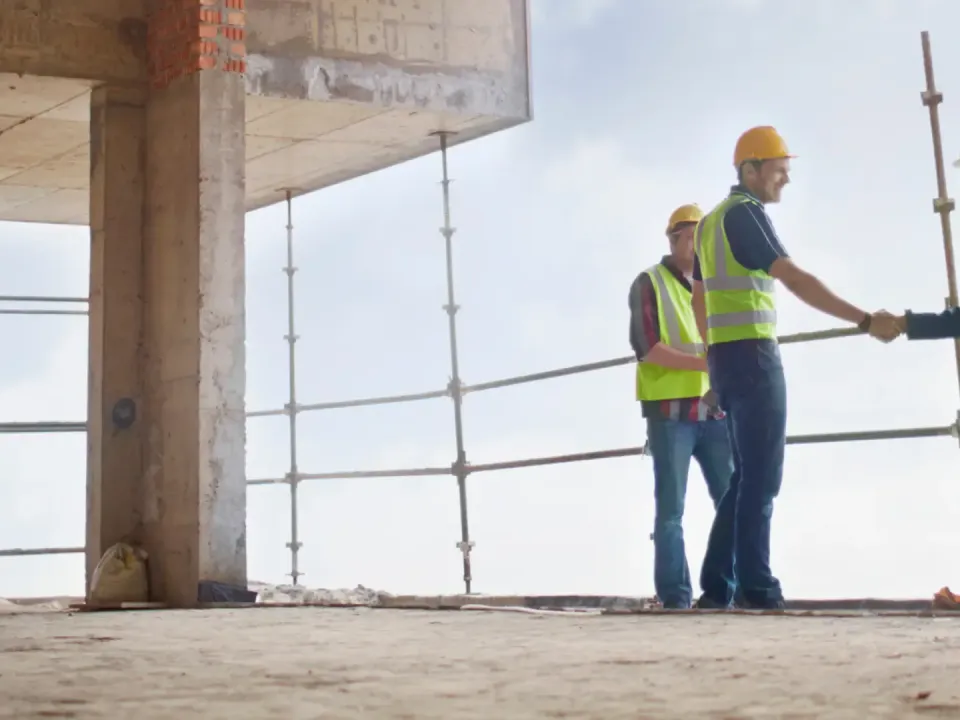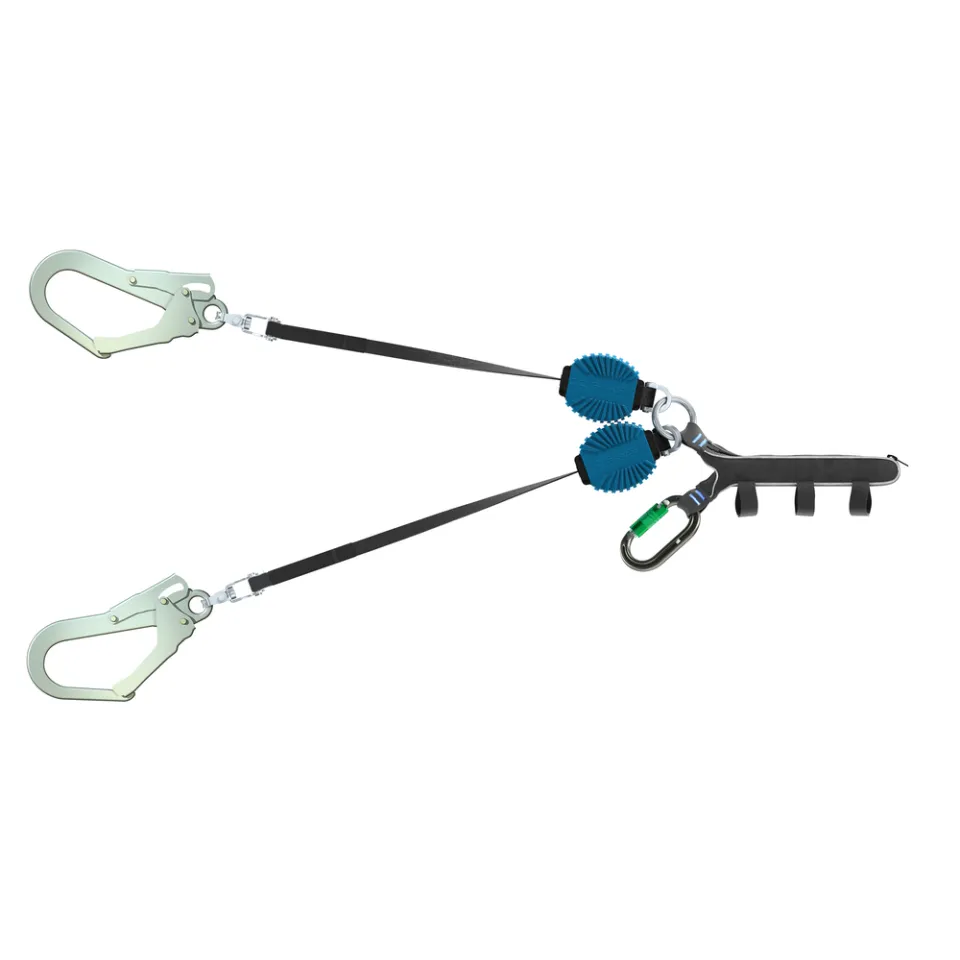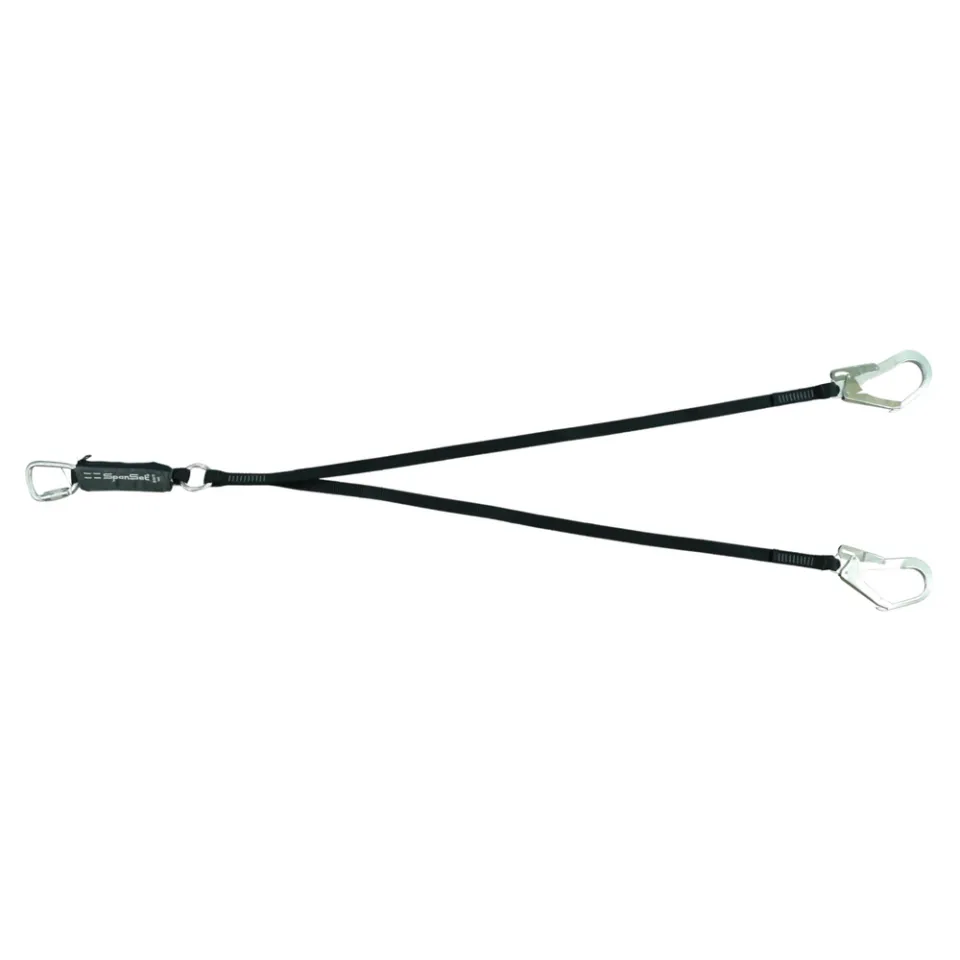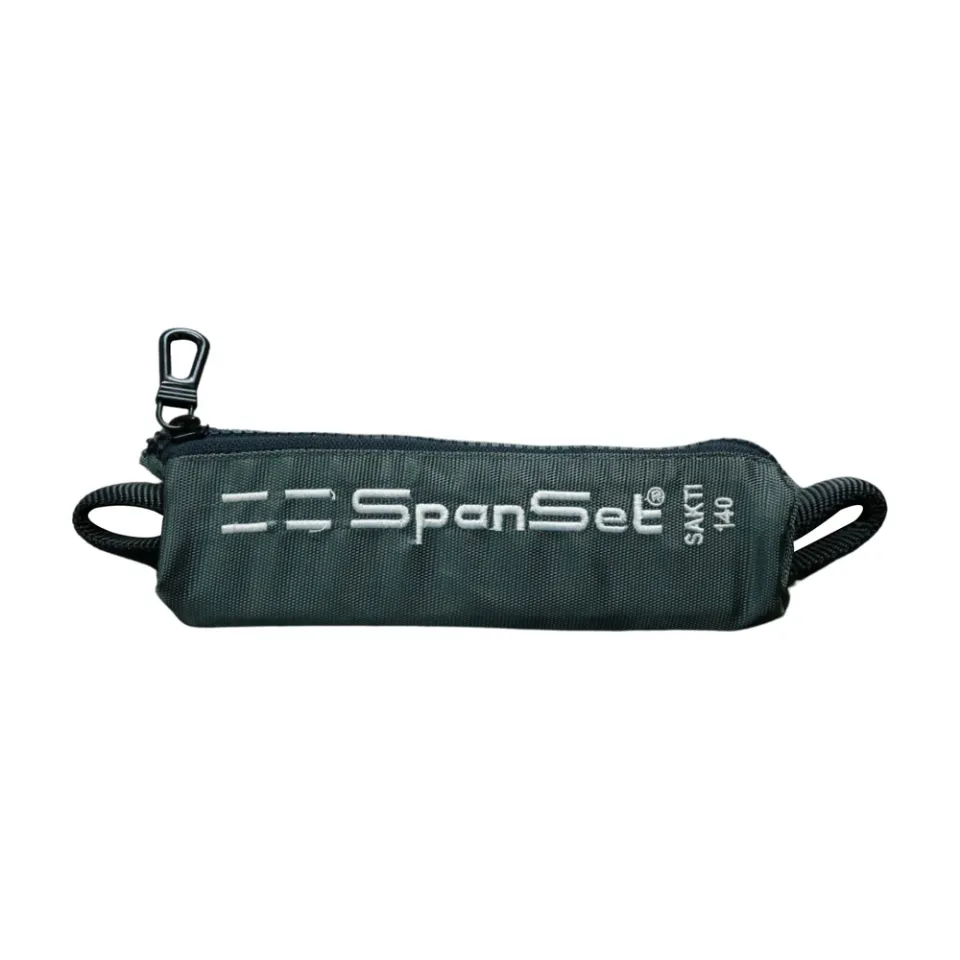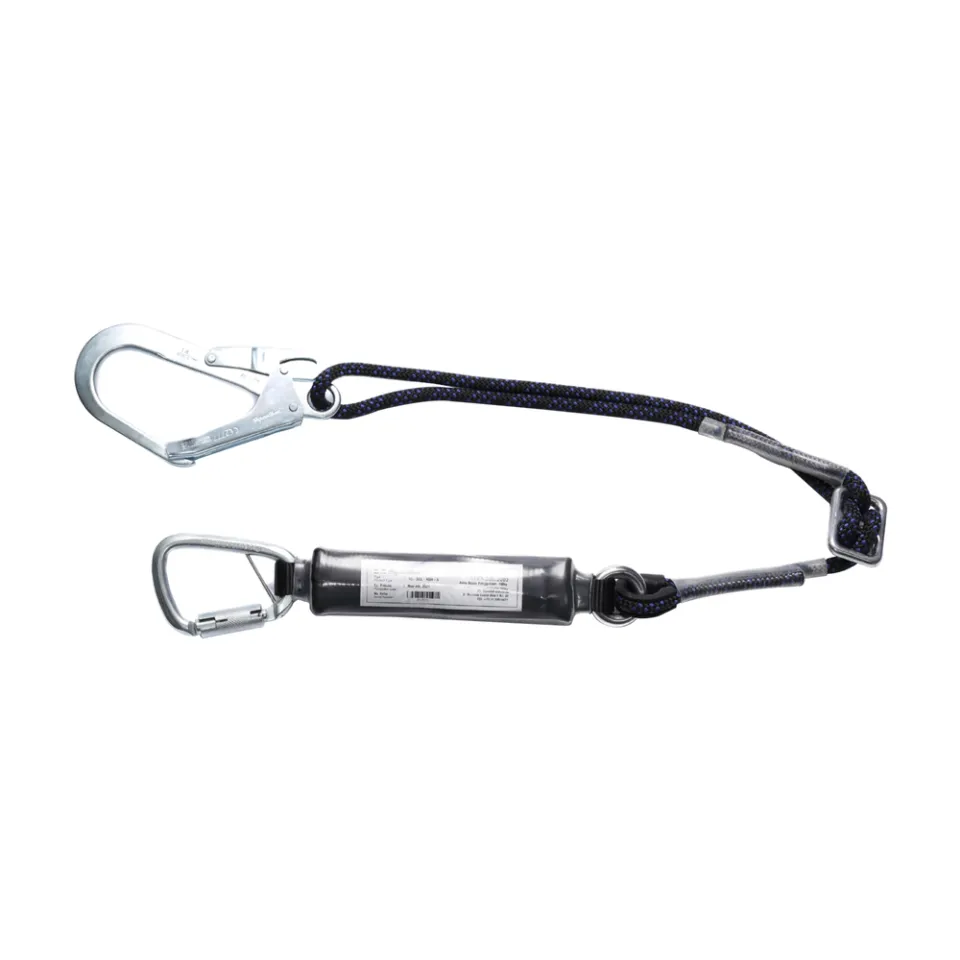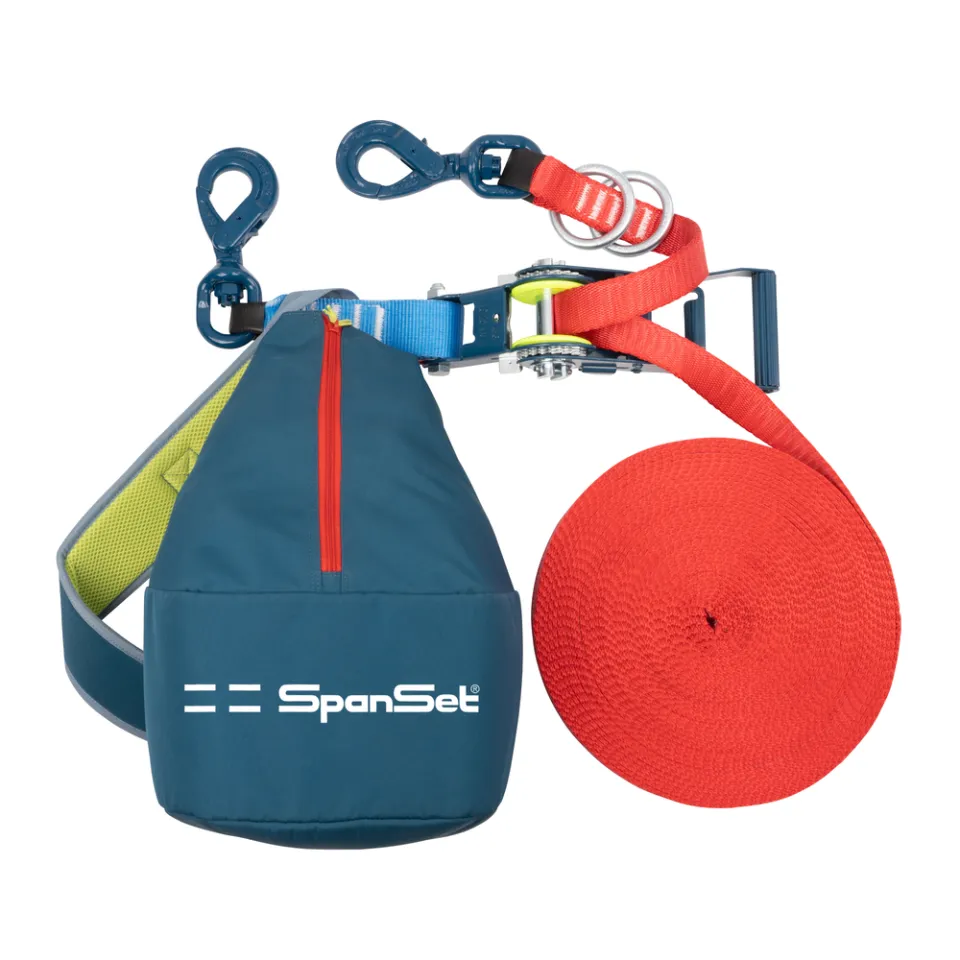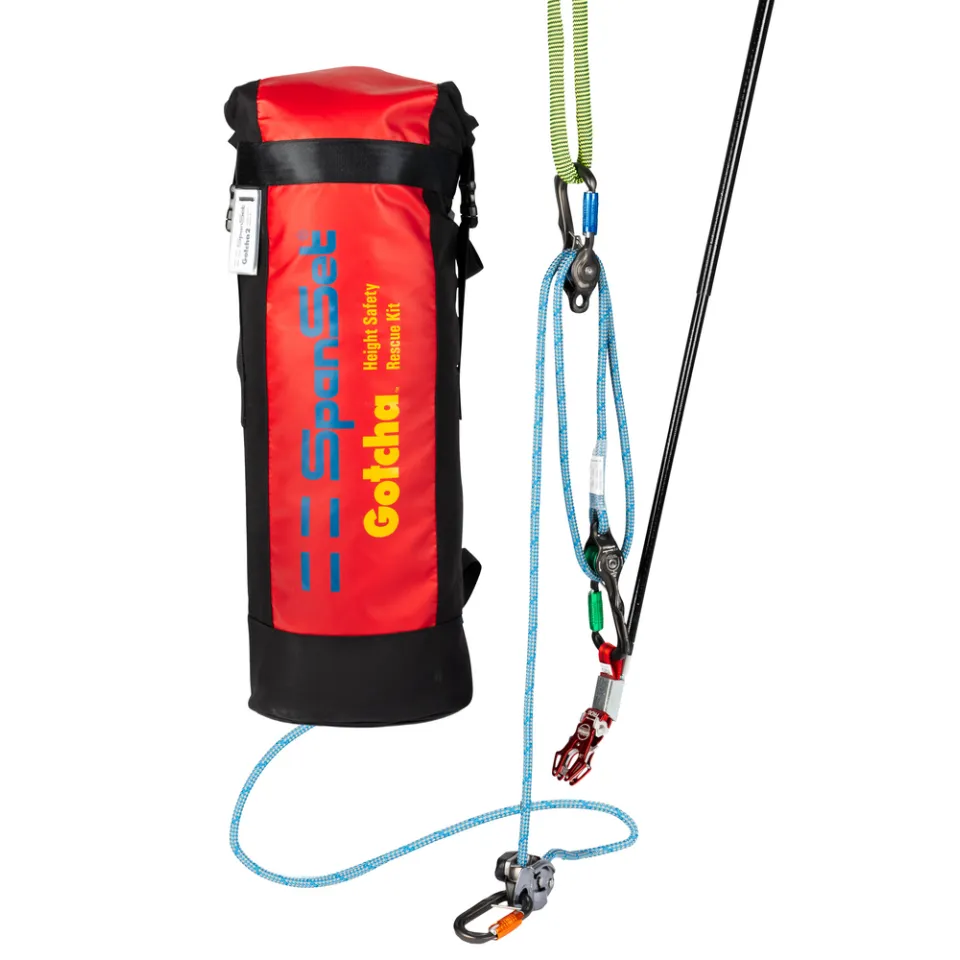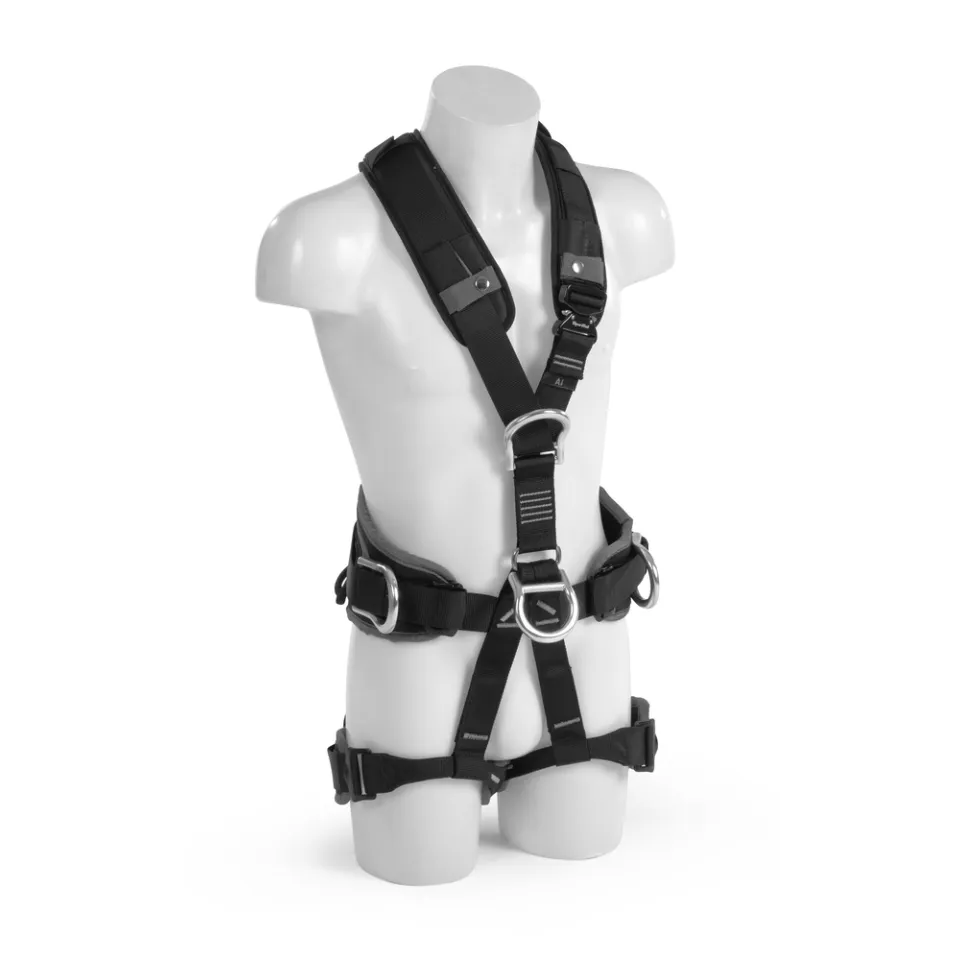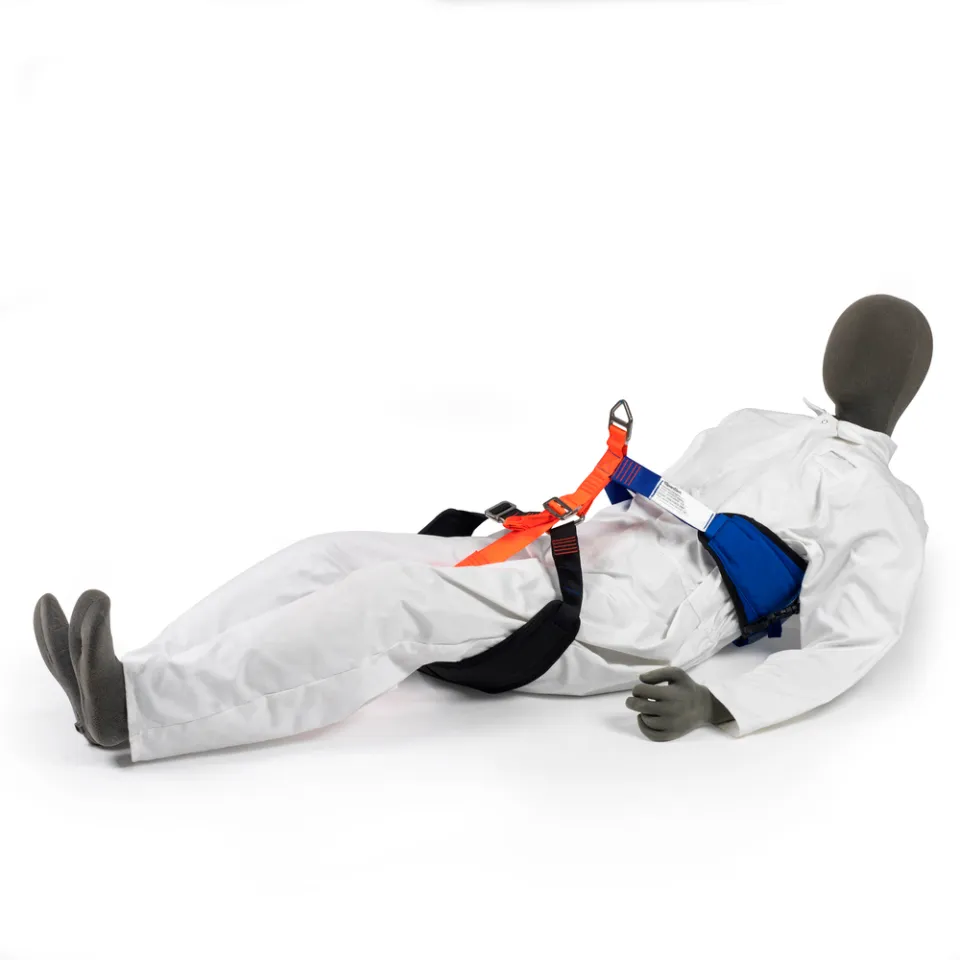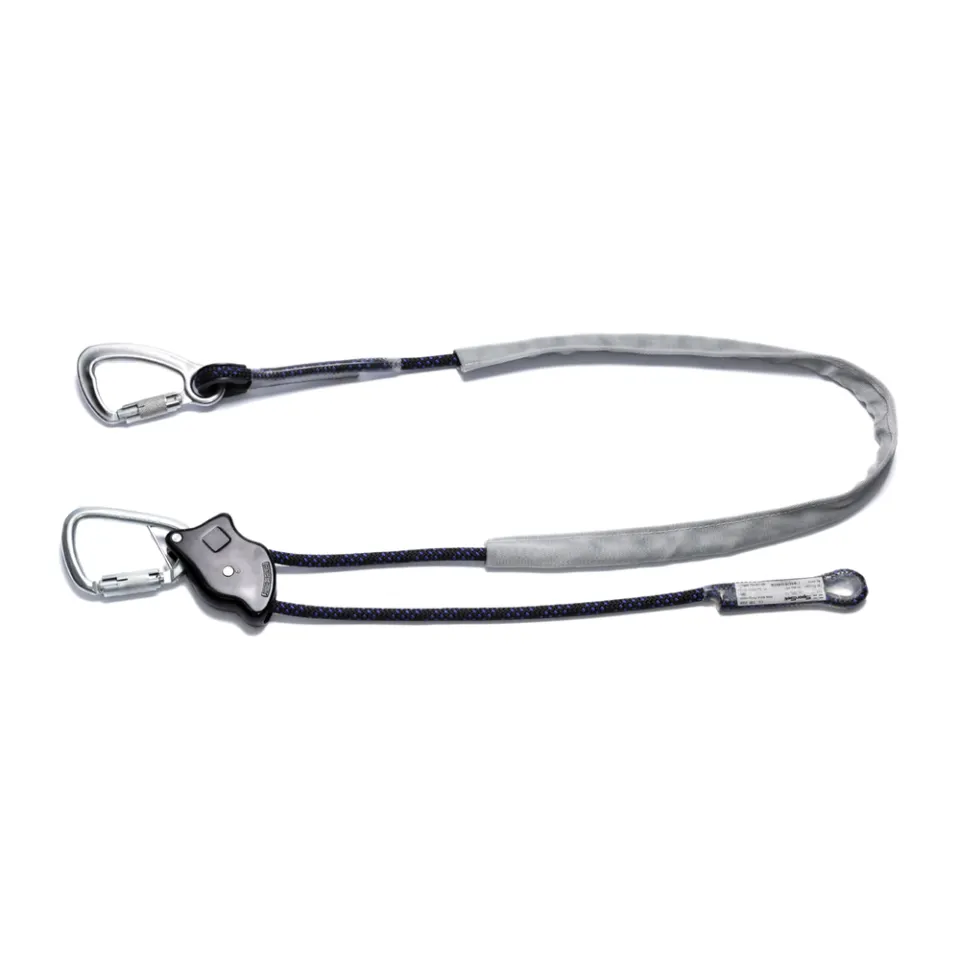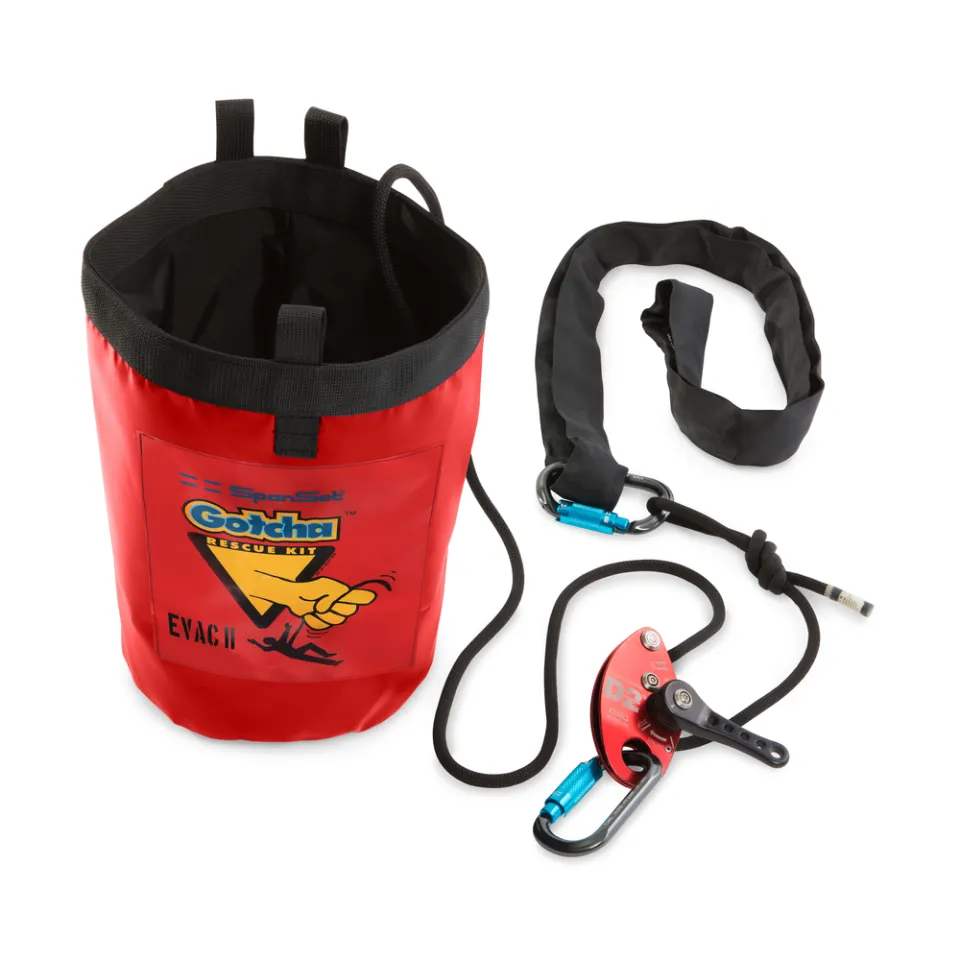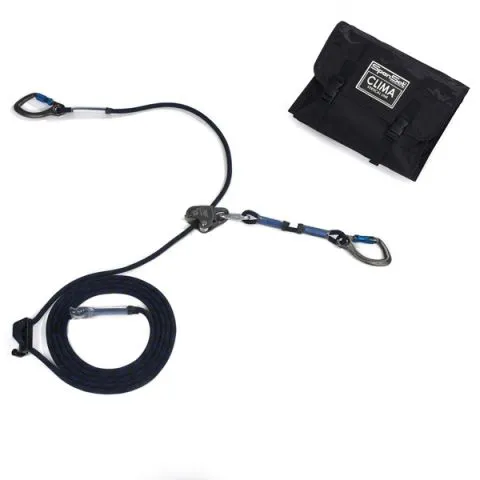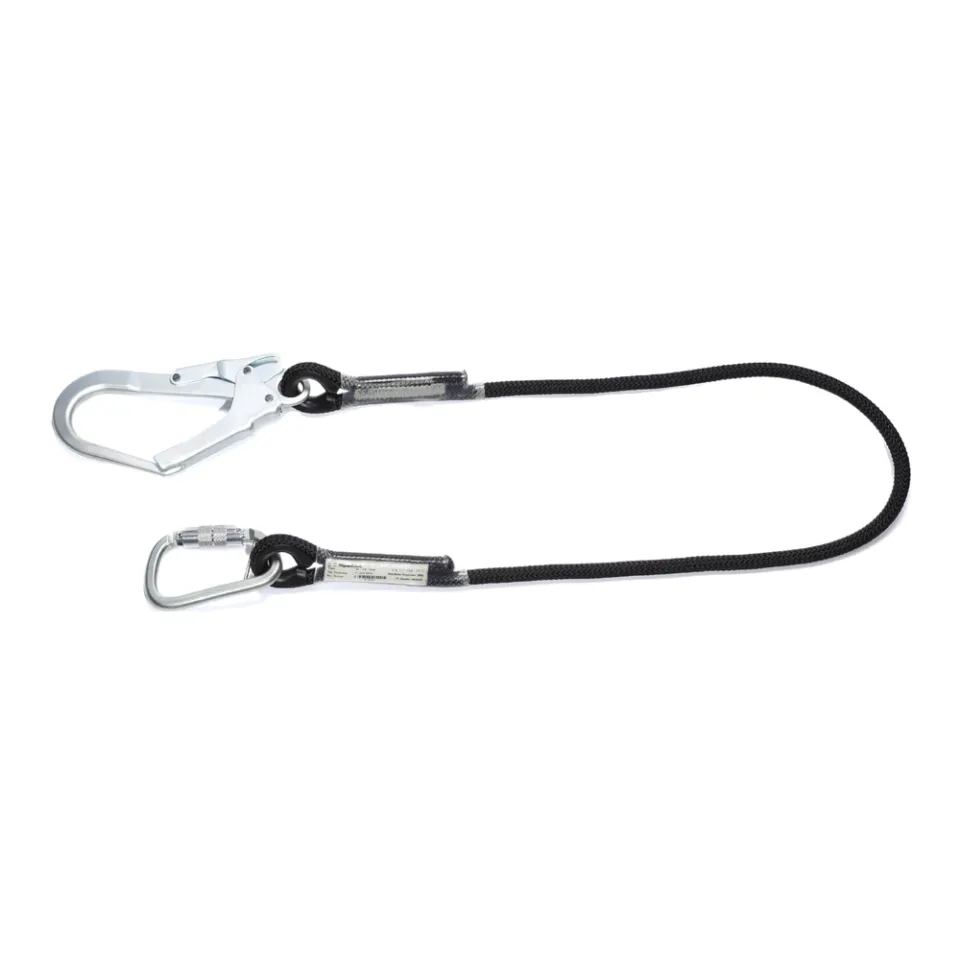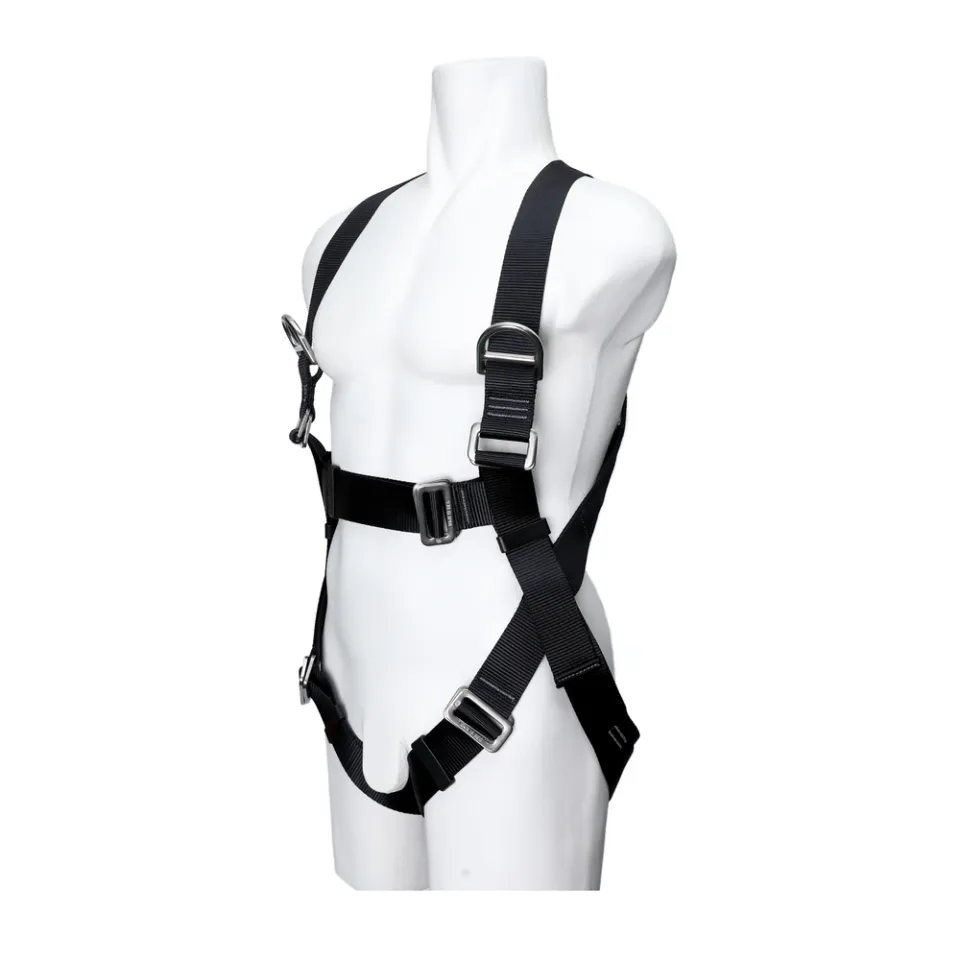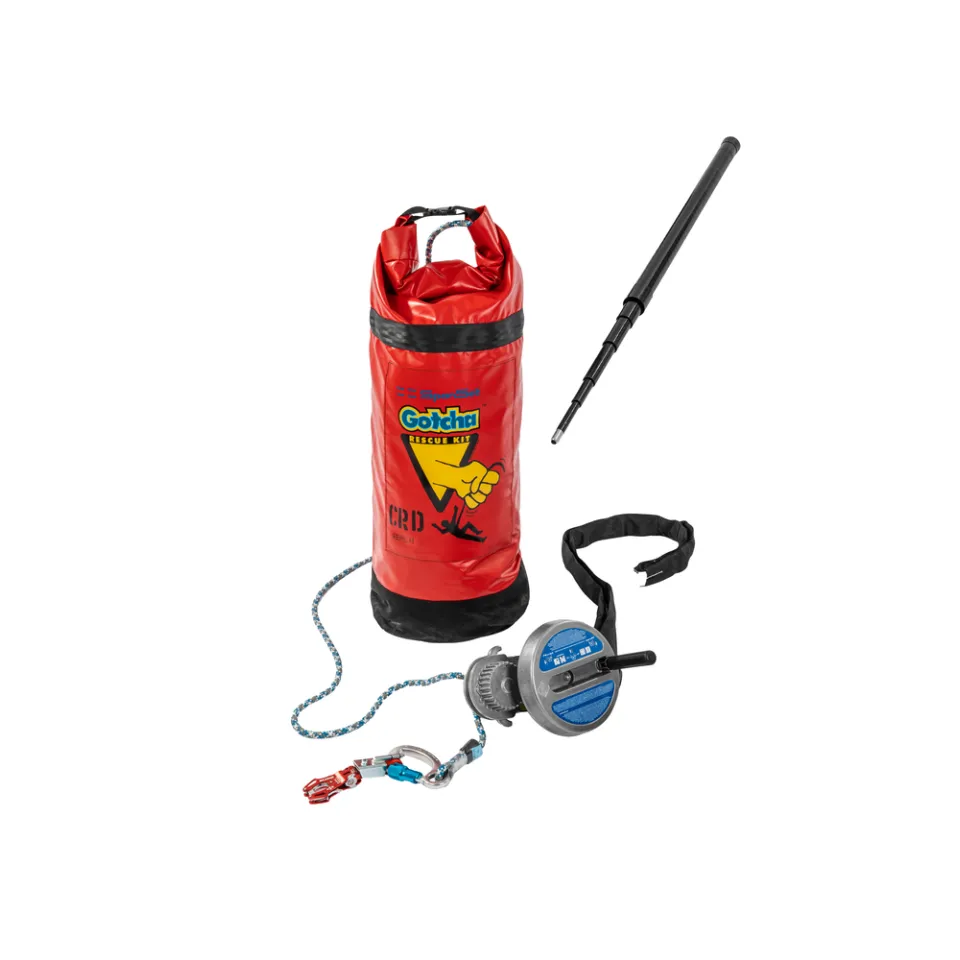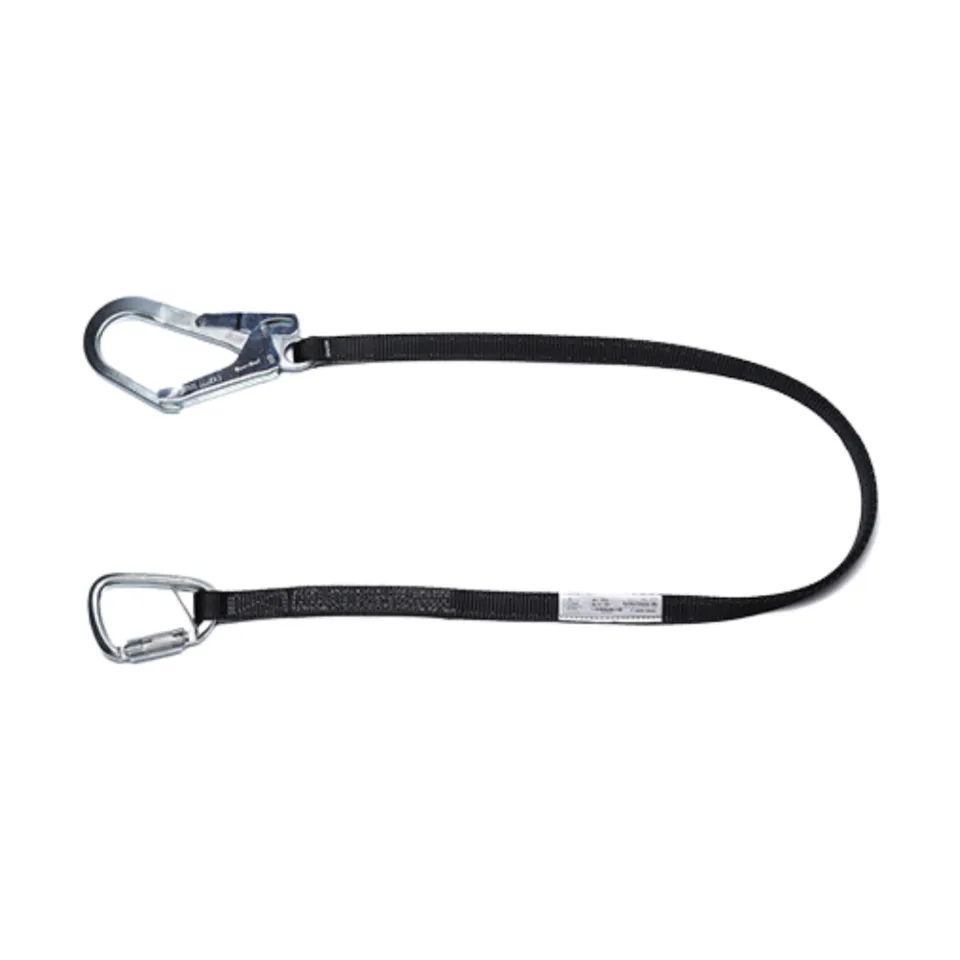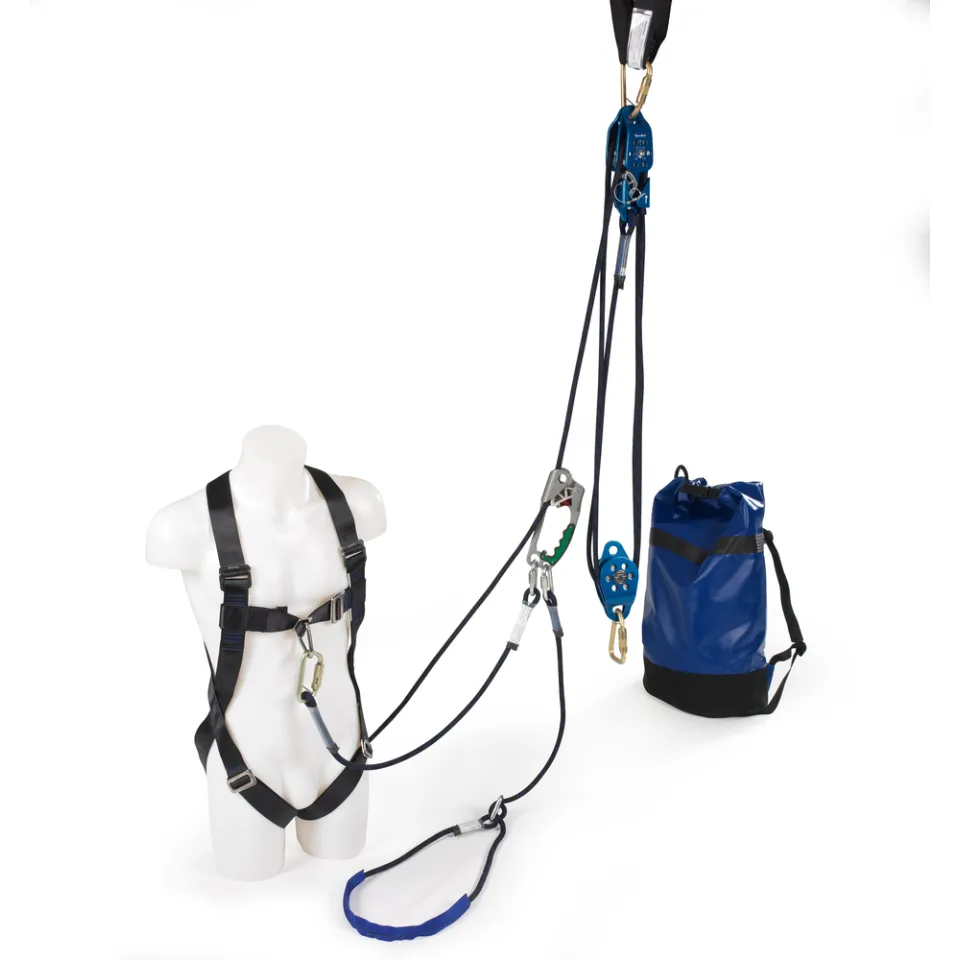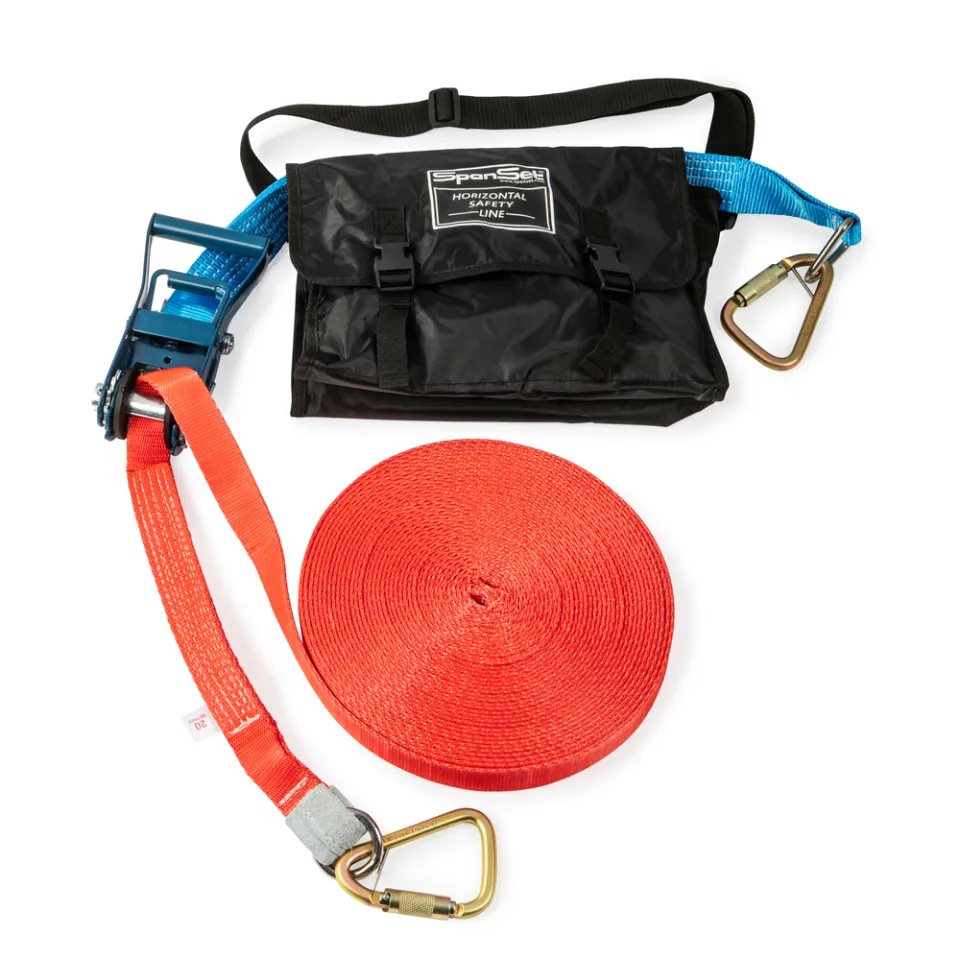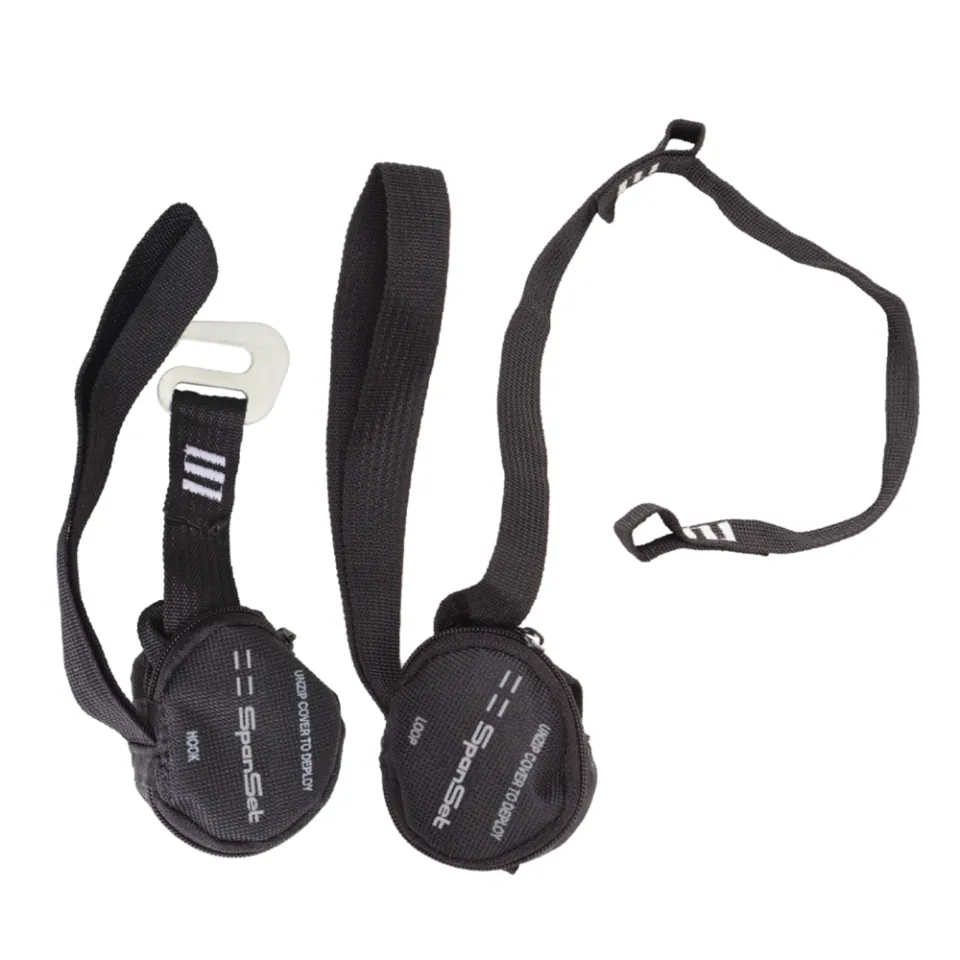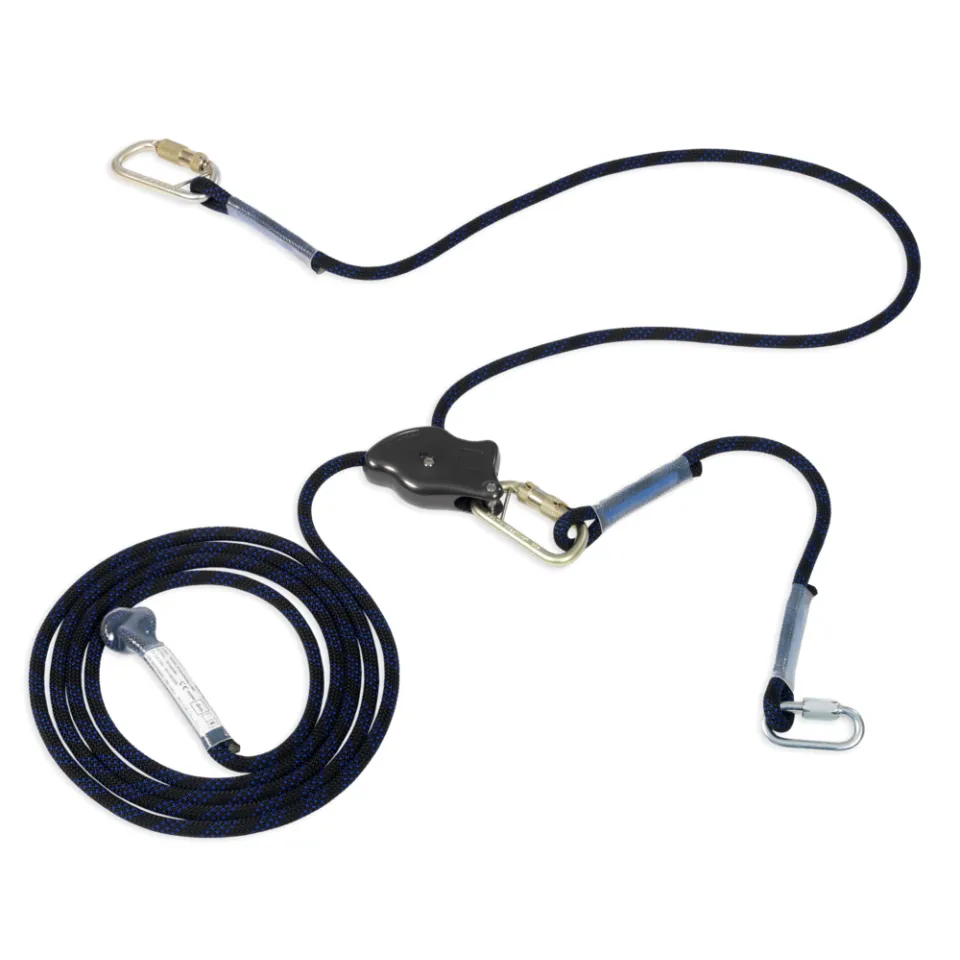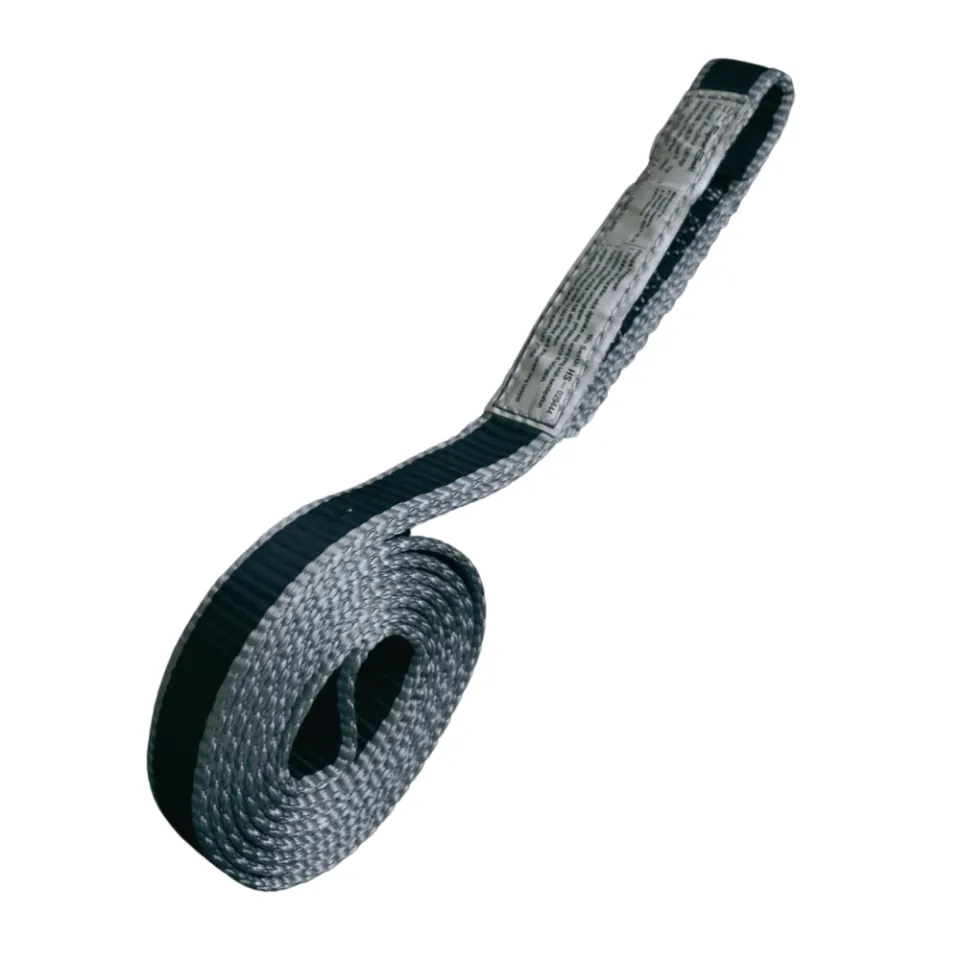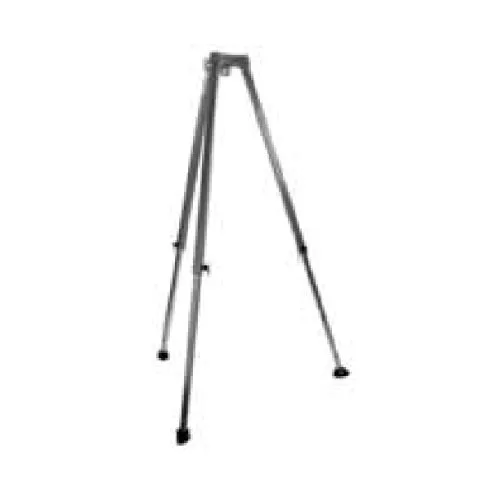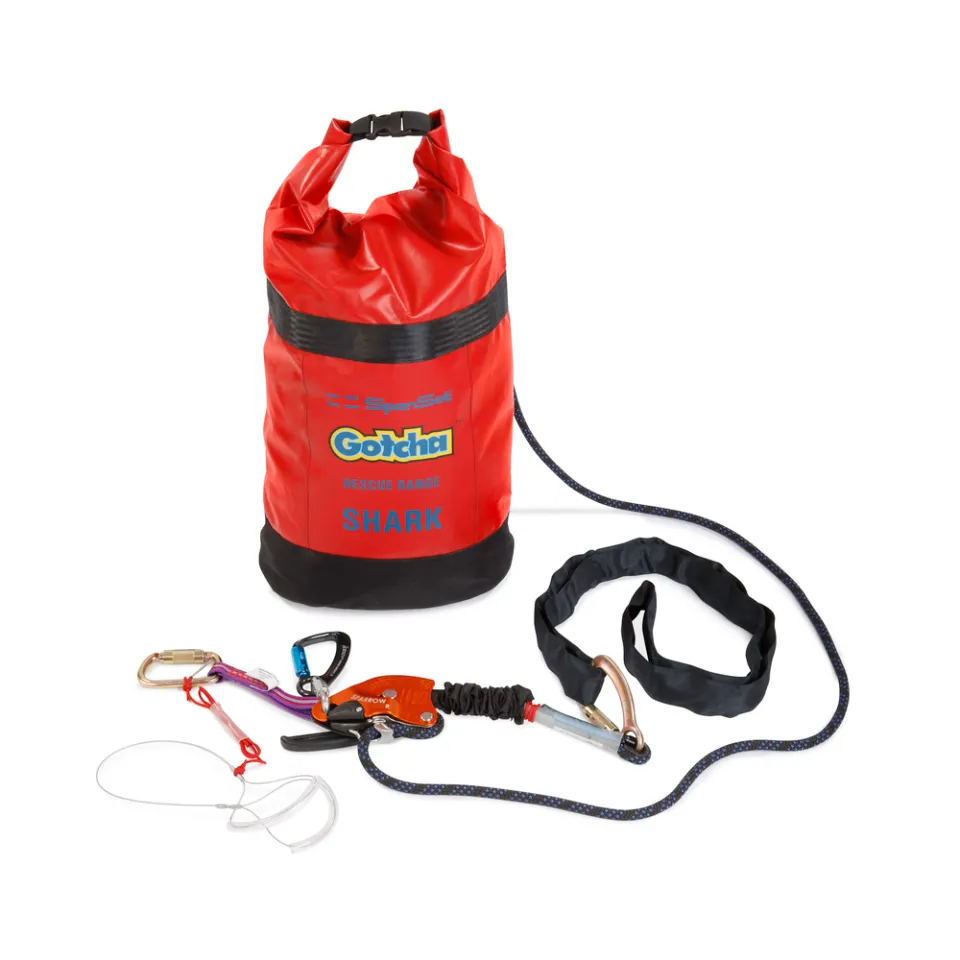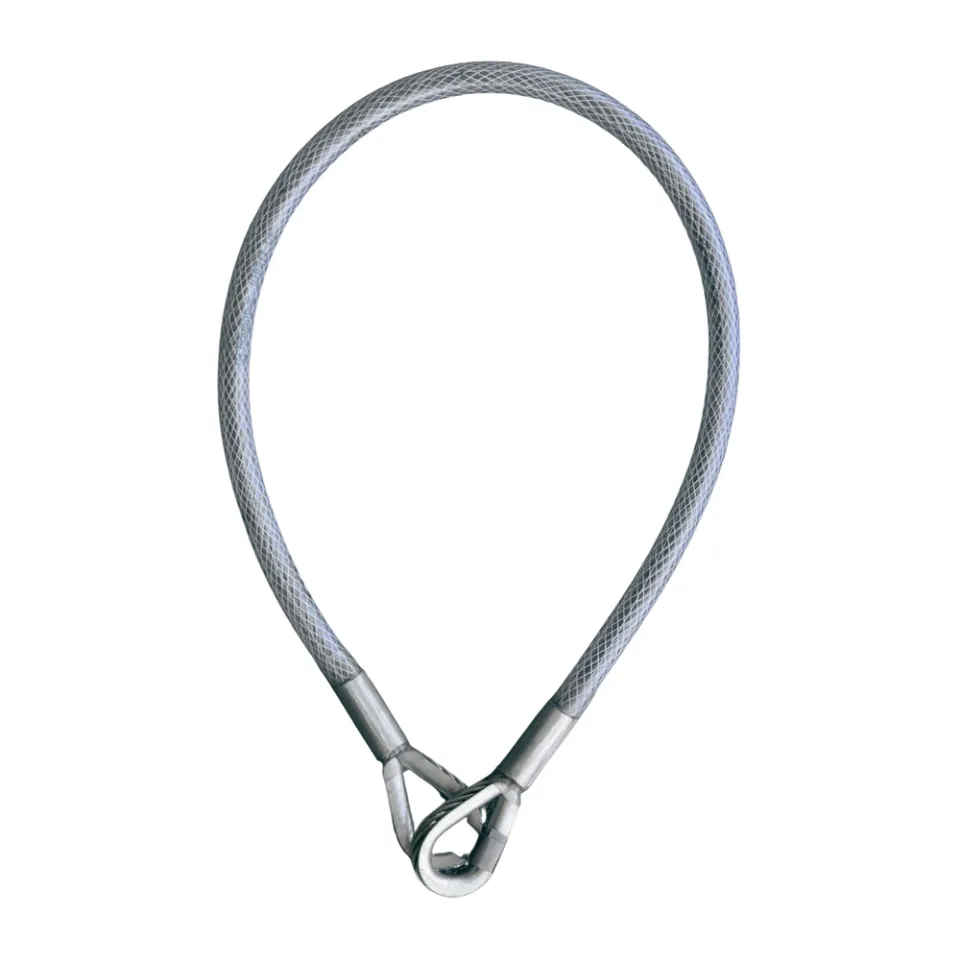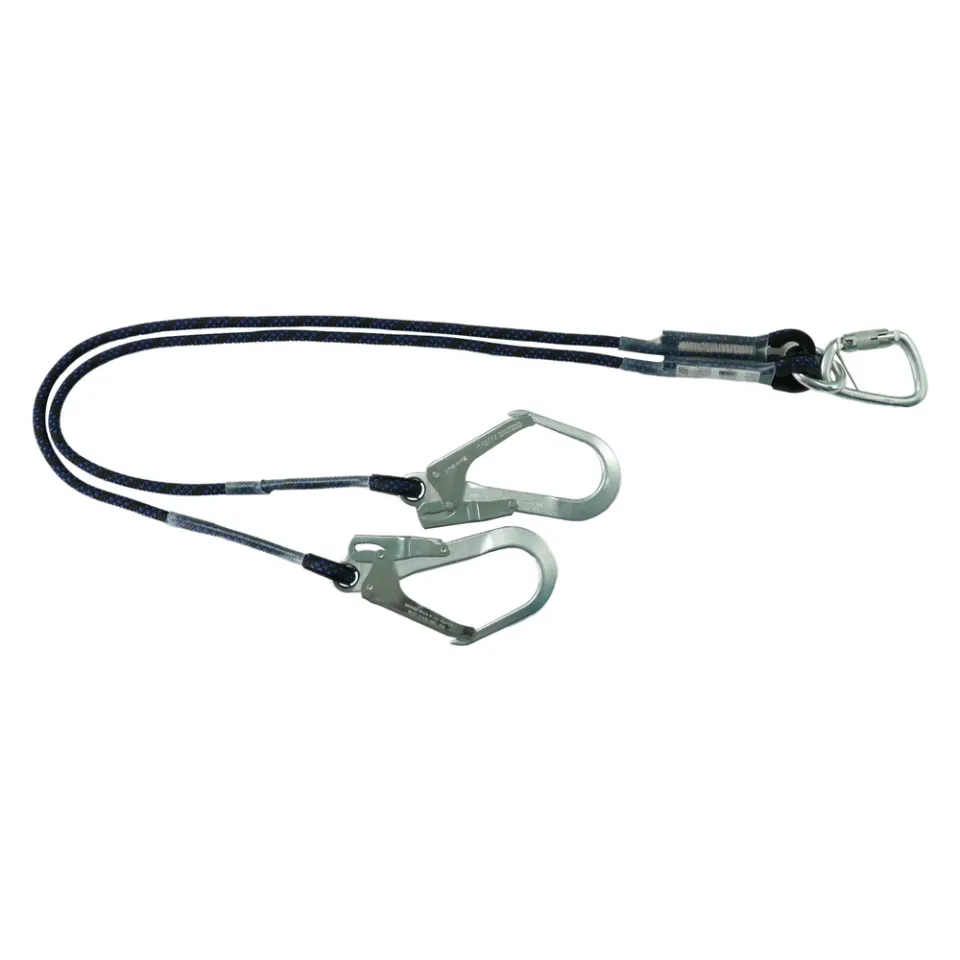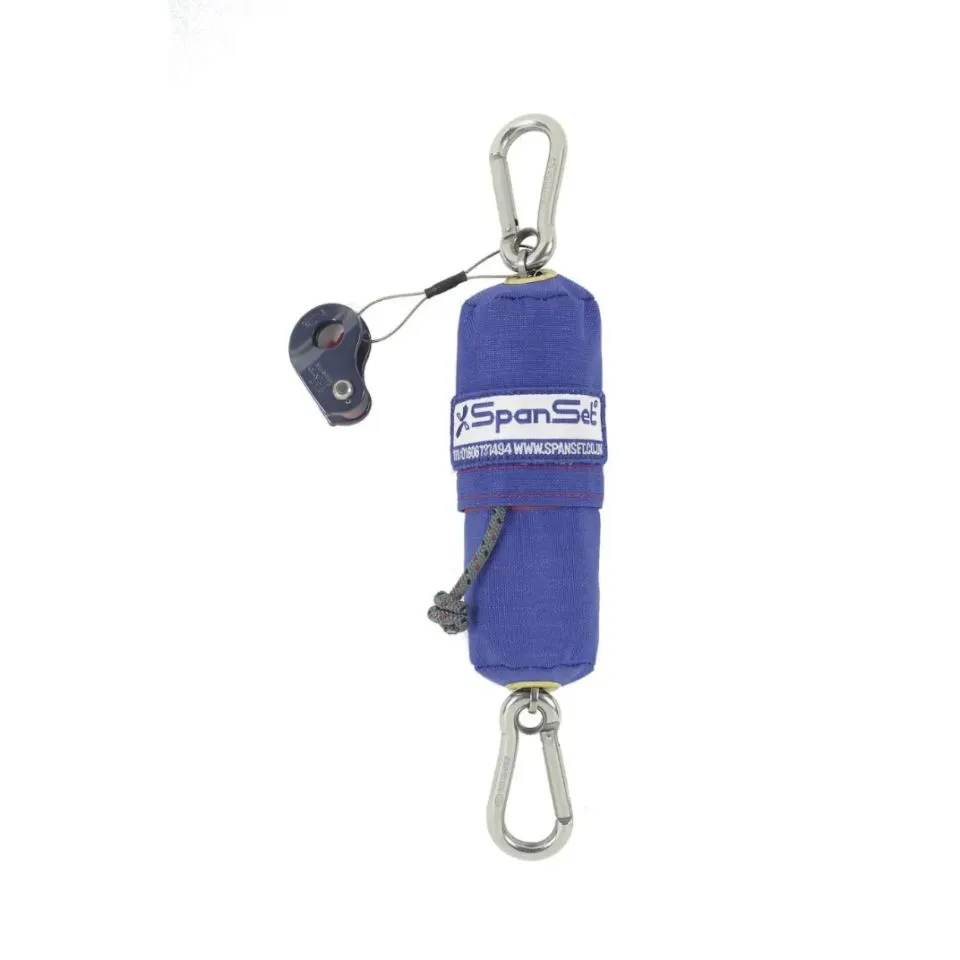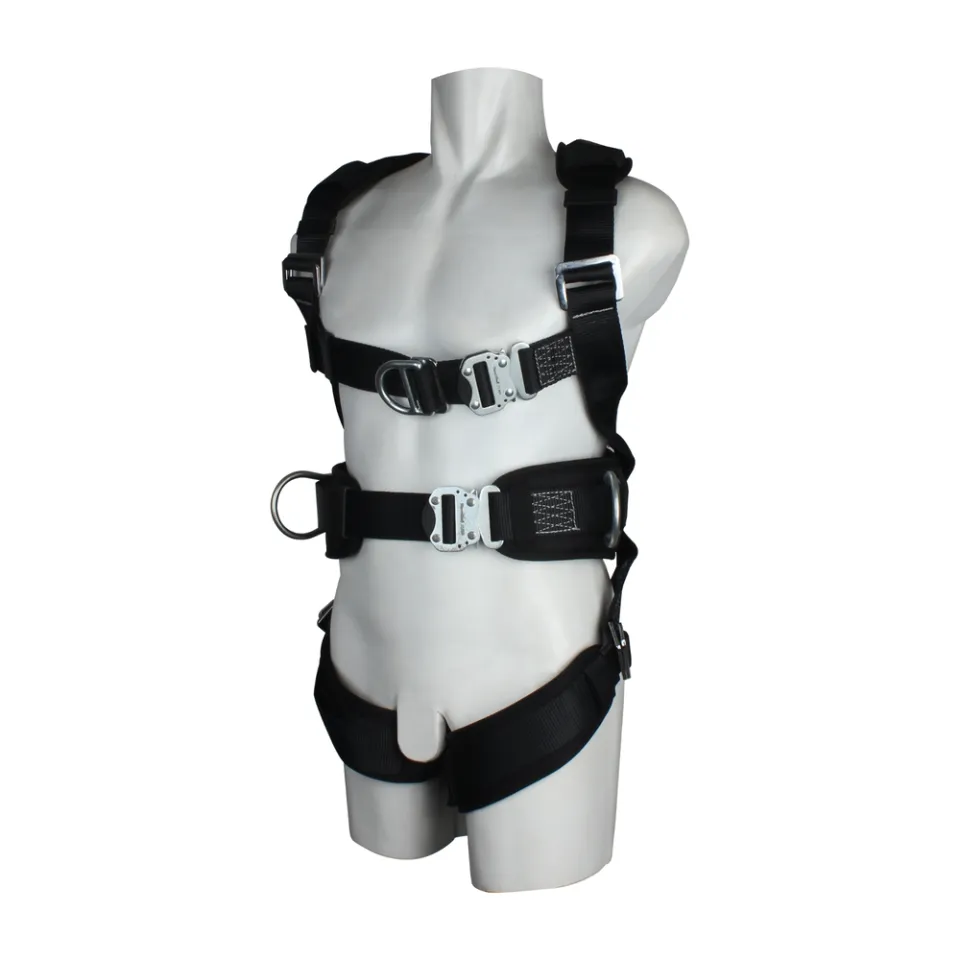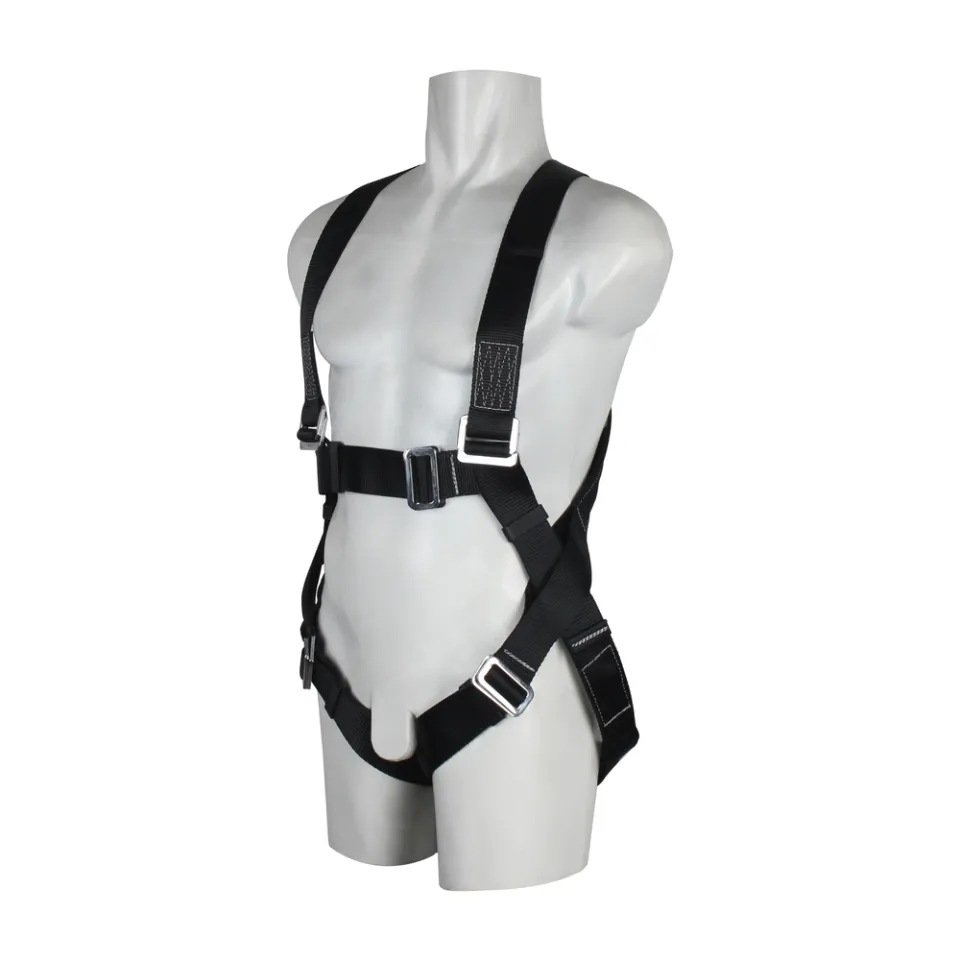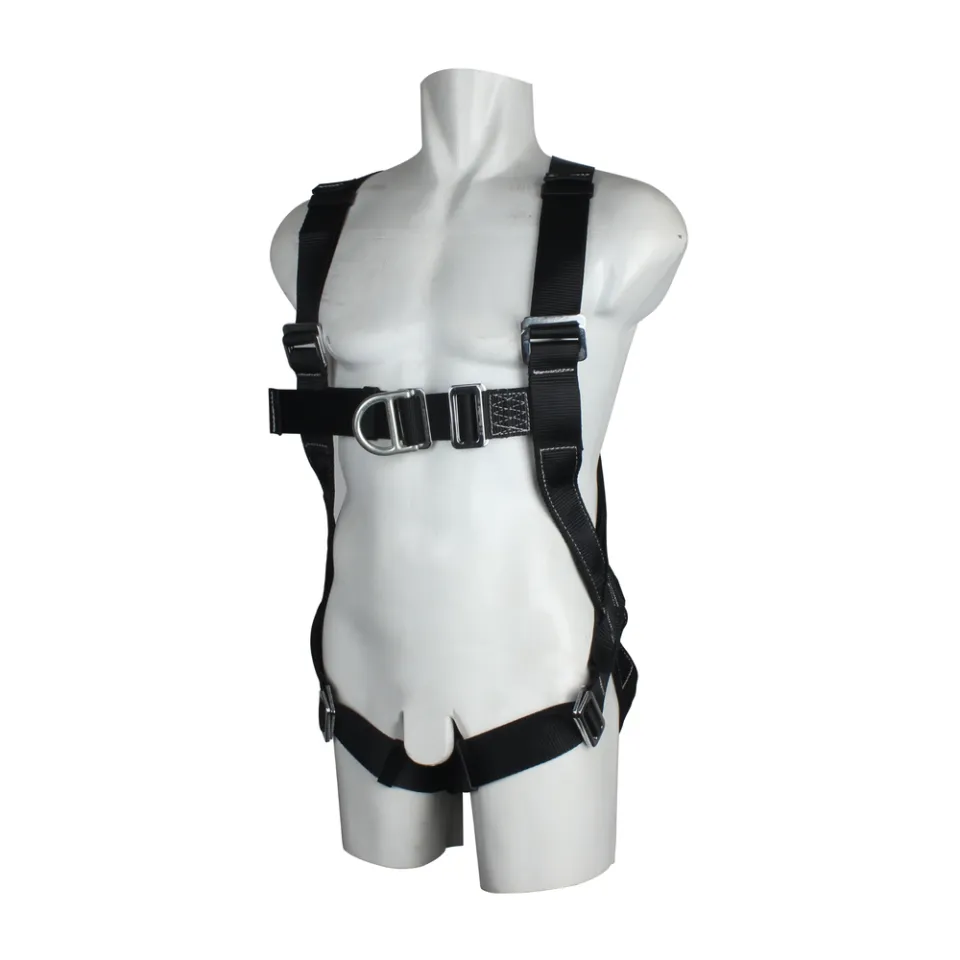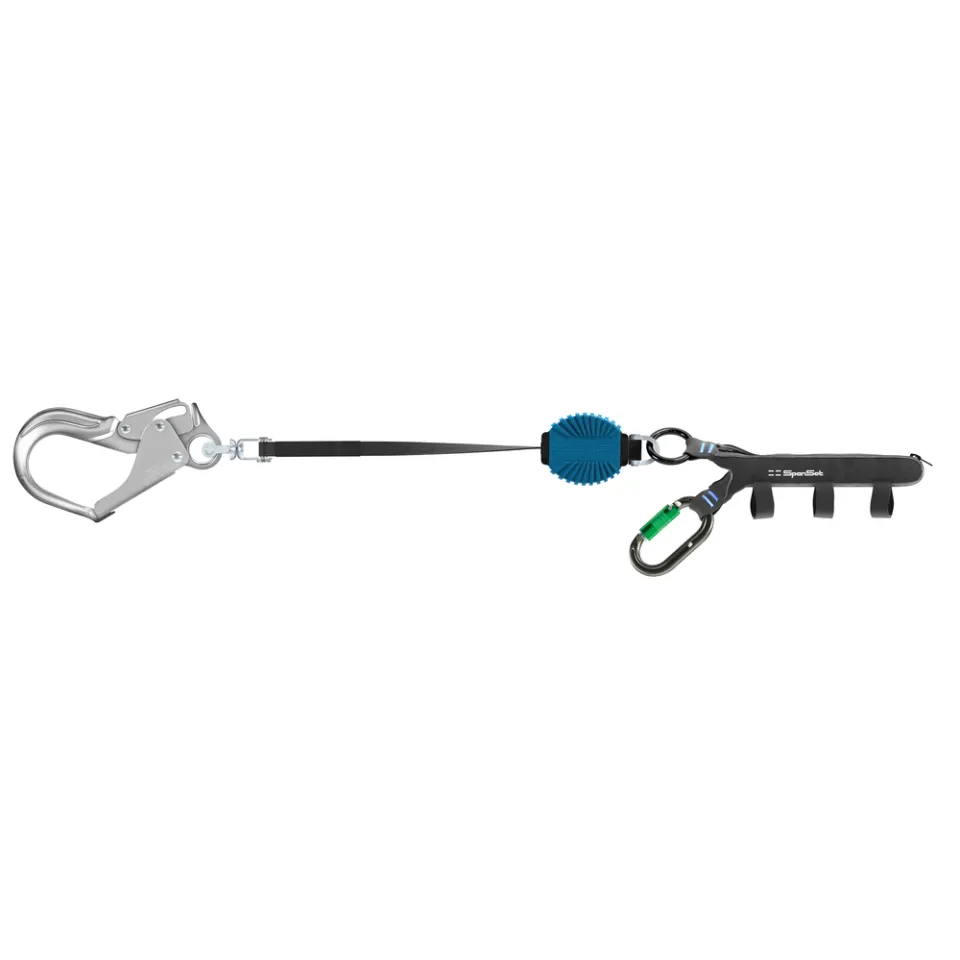K3 Certification: Differences and Advantages of BNSP vs KEMNAKER RI
Explains the differences between BNSP and KEMNAKER RI K3 certifications in terms of regulations,...
What is the Difference Between TKBT 1 and TKBT 2? Let’s Find Out Here!
There are significant differences in terms of ability level and task type between TKBT 1 and TKBT 2....
Dont Get It Wrong, These Are the Differences Between TKPK 1, 2 and 3
This article will discuss the differences between TKPK 1,2 and 3 and why it is important to choose...
What Is the Kemnaker Working at Height Certificate?
Learn what the Kemnaker Working at Height Certificate is, its benefits, who needs it, and how to...
BNSP Working at Height Certificate – Complete Guide
Height Safety What Is the BNSP Working at Height Certificate? Complete Guide to the BNSP Working...
What Is WAH Altitude Training? Benefits & How It Works
Discover what WAH altitude training is, its fitness benefits, and how it works. A quick guide for...
Companies Must Have K3 Certified Workforce: Here’s Why!
Outlines the benefits and urgency for companies to have K3 certified employees to comply with...
Case Study on K3 Certification: The Importance of K3 Training in Preventing Workplace Incidents
Discusses workplace incident cases due to lack of K3 training and how training can prevent them.
Complete Guide to Obtaining K3 TKBT Certification for Beginners
Provides a comprehensive guide on how to obtain K3 TKBT certification, from requirements to the...
The Importance of Renewing K3 Certification Before Expiration
Discusses the steps to extend K3 certification and the risks if it expires.
K3 Certification: Differences and Advantages of BNSP vs KEMNAKER RI
Explains the differences between BNSP and KEMNAKER RI K3 certifications in terms of regulations,...
What is the Difference Between TKBT 1 and TKBT 2? Let’s Find Out Here!
There are significant differences in terms of ability level and task type between TKBT 1 and TKBT 2....
Dont Get It Wrong, These Are the Differences Between TKPK 1, 2 and 3
This article will discuss the differences between TKPK 1,2 and 3 and why it is important to choose...
What Is the Kemnaker Working at Height Certificate?
Learn what the Kemnaker Working at Height Certificate is, its benefits, who needs it, and how to...
BNSP Working at Height Certificate – Complete Guide
Height Safety What Is the BNSP Working at Height Certificate? Complete Guide to the BNSP Working...
What Is WAH Altitude Training? Benefits & How It Works
Discover what WAH altitude training is, its fitness benefits, and how it works. A quick guide for...
Companies Must Have K3 Certified Workforce: Here’s Why!
Outlines the benefits and urgency for companies to have K3 certified employees to comply with...
Case Study on K3 Certification: The Importance of K3 Training in Preventing Workplace Incidents
Discusses workplace incident cases due to lack of K3 training and how training can prevent them.
Complete Guide to Obtaining K3 TKBT Certification for Beginners
Provides a comprehensive guide on how to obtain K3 TKBT certification, from requirements to the...
The Importance of Renewing K3 Certification Before Expiration
Discusses the steps to extend K3 certification and the risks if it expires.
K3 Certification: Differences and Advantages of BNSP vs KEMNAKER RI
Explains the differences between BNSP and KEMNAKER RI K3 certifications in terms of regulations,...
What is the Difference Between TKBT 1 and TKBT 2? Let’s Find Out Here!
There are significant differences in terms of ability level and task type between TKBT 1 and TKBT 2....
Dont Get It Wrong, These Are the Differences Between TKPK 1, 2 and 3
This article will discuss the differences between TKPK 1,2 and 3 and why it is important to choose...
